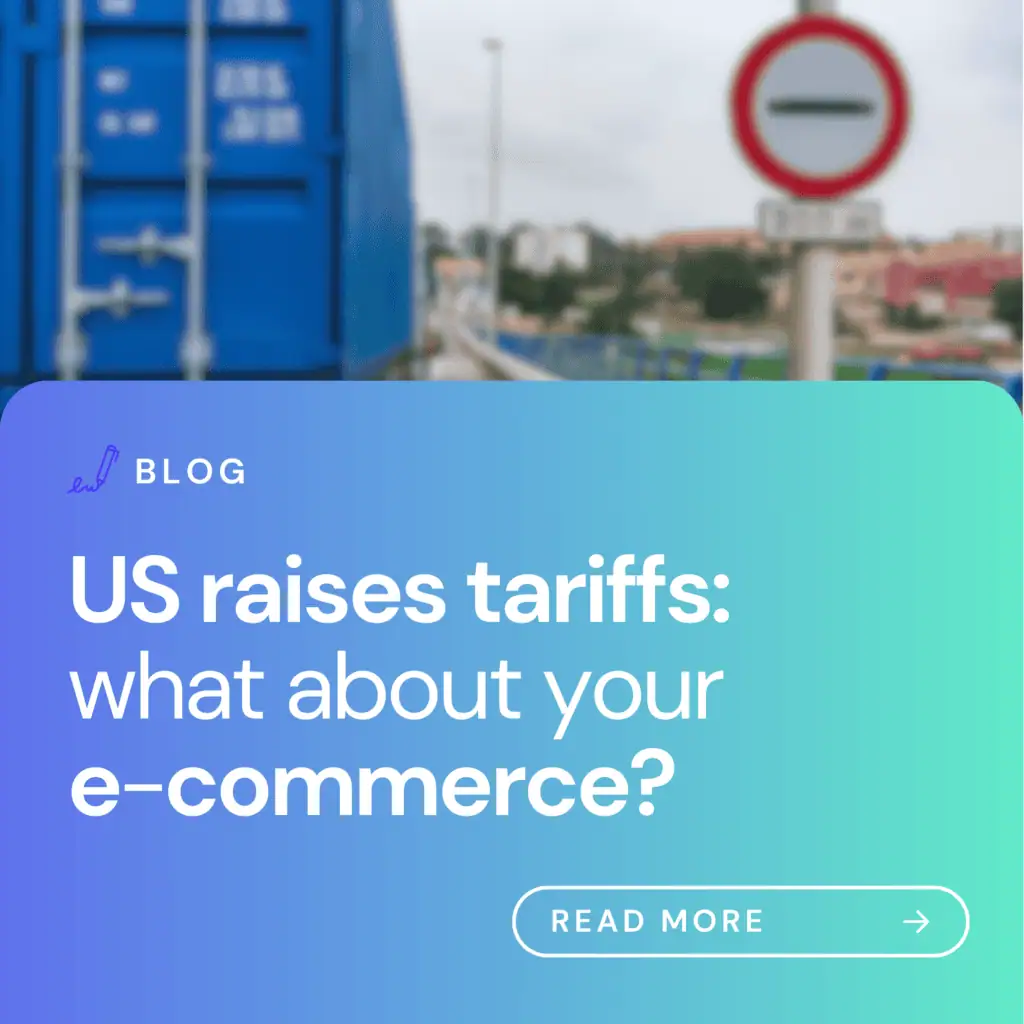

In today’s hyperconnected world of digital trade, U.S. tariffs don’t just impact American importers and exporters — they also disrupt the business strategies of e-commerce companies across the globe. If you sell to U.S. customers or buy from U.S. suppliers, tariffs can directly affect your pricing, margins, and competitiveness.
Let’s break down how this works — and why it matters, even if your company is based thousands of miles from Washington, D.C.
Tariffs are taxes placed on imported goods. The U.S. government uses them to:
In recent years, the U.S. has imposed tariffs on goods from China, the European Union, and other countries as part of broader trade strategies , often triggering retaliatory measures and supply chain tension worldwide.
If you’re running an online business outside the U.S., here are some of the ways these tariffs could be impacting you:
If you source inventory or components from American suppliers, and your country has responded with counter-tariffs, your import costs have likely gone up.
Example: A Mexican brand importing premium U.S.-made fabrics for footwear production might now face a 10–25% cost increase.
If you sell to American consumers and source products from countries targeted by U.S. tariffs (like China or the EU), you may face:
You’ll either need to absorb those costs — shrinking your margins — or raise your prices and risk losing competitiveness.
Tariffs force many businesses to diversify suppliers or relocate production, adding complexity and operational costs. For small e-commerce brands with lean teams, that’s not always a realistic option.
When American shoppers face rising prices due to tariffs, they often cut back on spending or seek local alternatives. That’s bad news for international sellers without local logistics or fulfillment centers in the U.S.
Imagine a digital-native Spanish footwear brand that manufactures its products in Portugal and sells directly to American customers via its website.
Bottom line: U.S. tariffs force hard decisions — shift production, raise prices, reduce profit, or slow down U.S. expansion.
Now let’s look at a Spanish winery selling premium bottles directly to U.S. consumers through its online store.
Bottom line: A trade decision in Washington can directly hit a small vineyard in La Rioja or Priorat — even if they haven’t changed a thing.
Here are a few ways to protect your business from the impact of rising U.S. tariffs:
Tariffs may seem like a political or macroeconomic issue, but they can disrupt your e-commerce business overnight — from pricing and margins to logistics and growth.
If you sell to U.S. customers or rely on U.S. suppliers, make sure your strategy is flexible. You can’t always predict tariffs, but you can prepare to adapt.